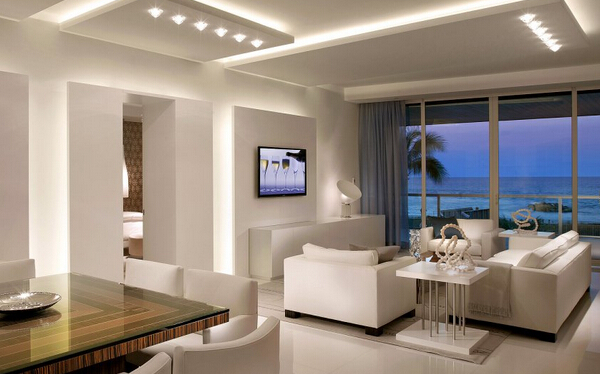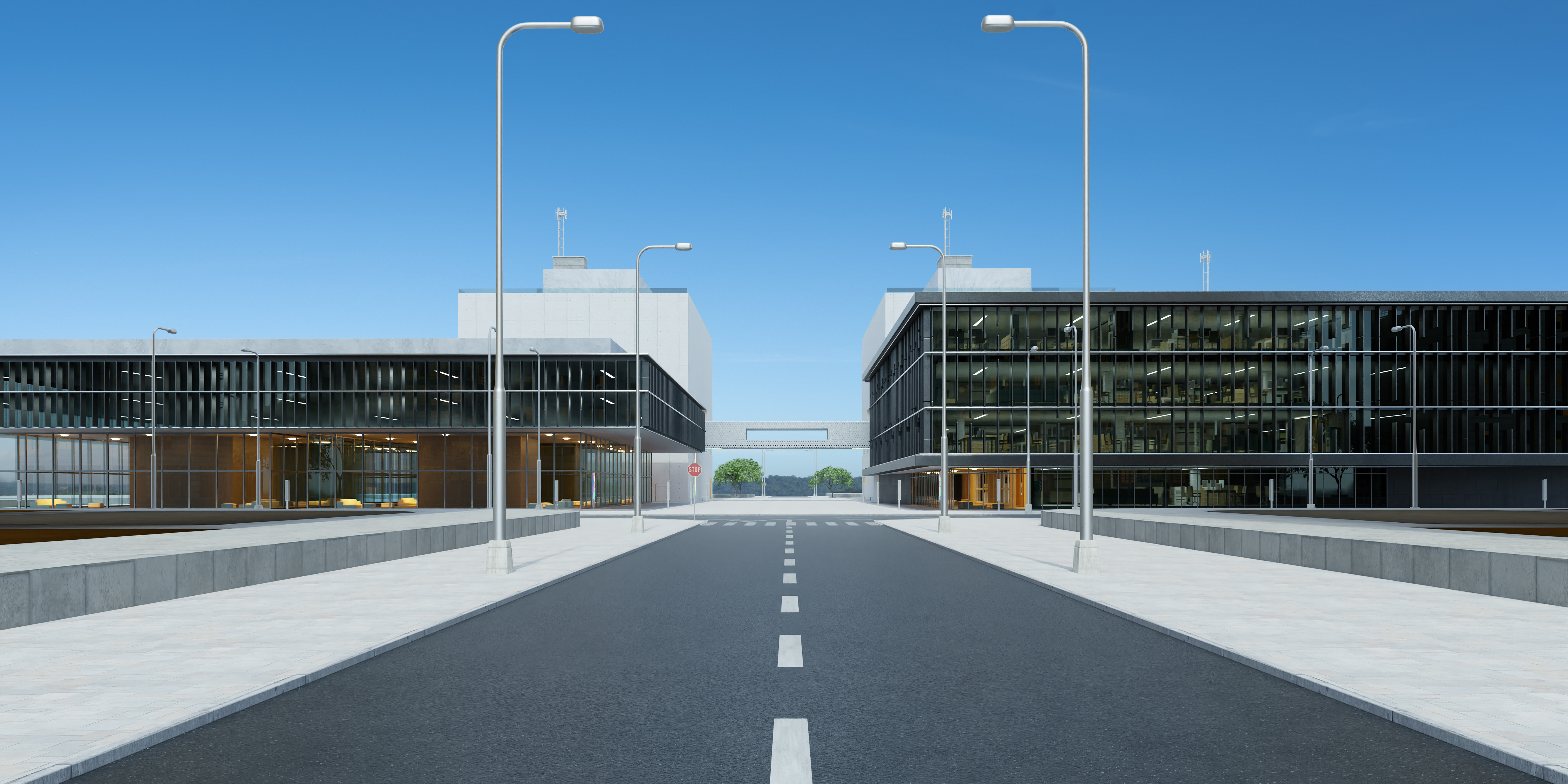Don’t Let Bad Things Happen To Good Arrays
Based on interview with Dr. Brian Cumpston, VP of Product Development at Bridgelux and Phil Elizondo, VP of Quality and Reliability at Bridgelux.
What is sulfur resistance and its importance in LEDs?
The sulfur resistance of an LED package is determined by first exposing the product to harsh environments, and then measuring its change in performance over time. How well an LED product avoids degradation by sulfur in the environment will determine its level of sulfur resistance. Increased sulfur resistance means less lumen degradation over time and improved reliability of an LED lighting product.
Significant levels of sulfur that affect LED packages can come from:
- Cities with high levels of air pollution and areas with high levels of sulfur compounds in the environment
- Packaging and storage of LED light products with materials such as carboard or foam that may contain and outgas sulfur materials
- Warehouses that are not environmentally controlled with proper HVAC systems to prevent sulfur exposure
- Paints, sealants or other sulfur containing materials used within the luminaires

Photo description: Without proper sulfur resistance, an LED can end up with high levels of light output loss and significant color shift.
Which applications push the limits of sulfur resistance?
Harsh and hazardous environments such as oil refineries, chemical manufacturing plants, or even agricultural facilities can produce alarming levels of sulfur that can corrode LED products.
What is Bridgelux doing to combat sulfur corrosion?
Bridgelux designs our LED products being careful to select appropriate materials that do not contain chemicals which will lead to corrosion. When our products are ready to ship, they are vacuum sealed and placed in packaging materials that have been vetted and selected specifically with sulfur resistance in mind.
Bridgelux H Series™ family is a high center beam candle power (CBCP) product based on flip chip architecture with substrates that are not as susceptible to sulfur attacks. Our H Series products are uniquely positioned as high density LEDs with increased efficacy up to 15%, announced today, across the entire family. Due to high levels of sulfur resistance, this product family is ideal for indoor and outdoor environments where sulfur levels may be high, and environments with high humidity, temperatures and levels of salt.
Bridgelux is continuing to work on new materials that will increase sulfur resistance across all of our product families. We are always working to ensure that all our products are reliable in these harsh environments.
I’m concerned about sulfur impacting my LED lighting projects. What should I do?
We advise our customers to
- Be cognizant of the environment in which your products are operating
- Understand what is in the air and in the materials surrounding the fixture
- Read Bridgelux Application Notes to understand which chemical materials might harm the LED products in these harsh environments
Who should I contact for additional questions?
Contact Bridgelux or your local sales representative if you have questions about sulfur resistance in our products. You can also find us on Twitter and Facebook.


